Greatest Indy 500 Moments
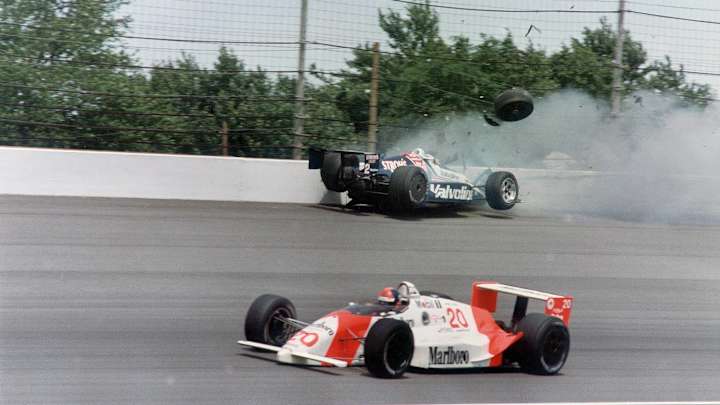
Greatest Indy 500 Moments
1911

In the very first 500-mile race, Ray Harroun gave the automotive industry one of its greatest safety innovations when he rigged a mirror above the dashboard of his race car so he could see oncoming traffic. By doing so, he did not have to use a "riding mechanic," which gave him an advantage in the race. Though he still needed a relief driver, Harroun was in the cockpit for the last part of the race and drove to a 1:43.00 margin of victory over Ralph Mulford. Harroun retired after the race, claiming 500 miles was "too long." "It's too dangerous," he said. "That race was the worst I was ever in, see?"
1912
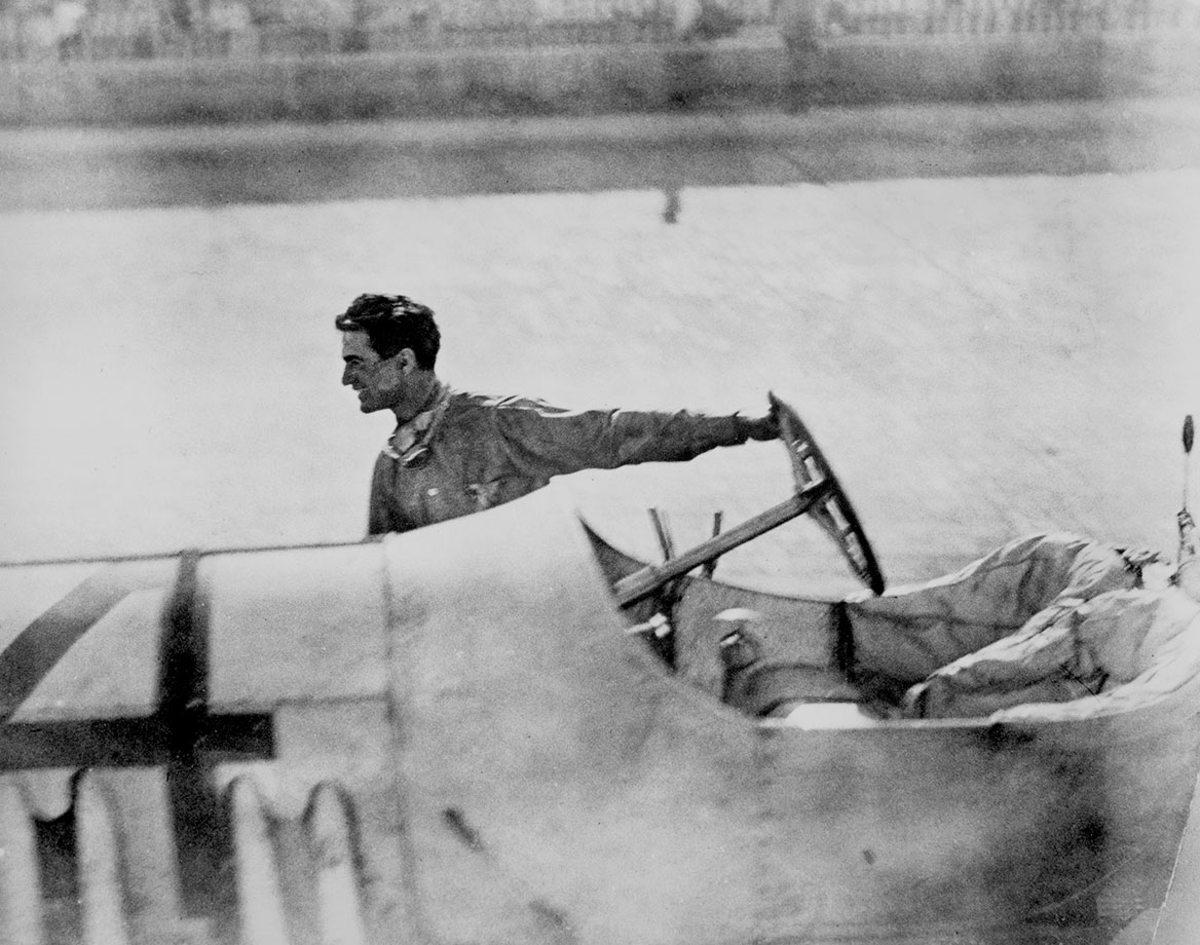
Ralph DePalma drove one of the most dominating races in history after leading laps 3 to 196. He was leading by 5 1/2 laps when his car suffered piston failure, just 1 1/4 laps from the victory. Joe Dawson took the lead and went on to victory by leading just two laps, but DePalma and his riding mechanic bravely got out of the car and pushed it down the entire length of the frontstretch.
1946
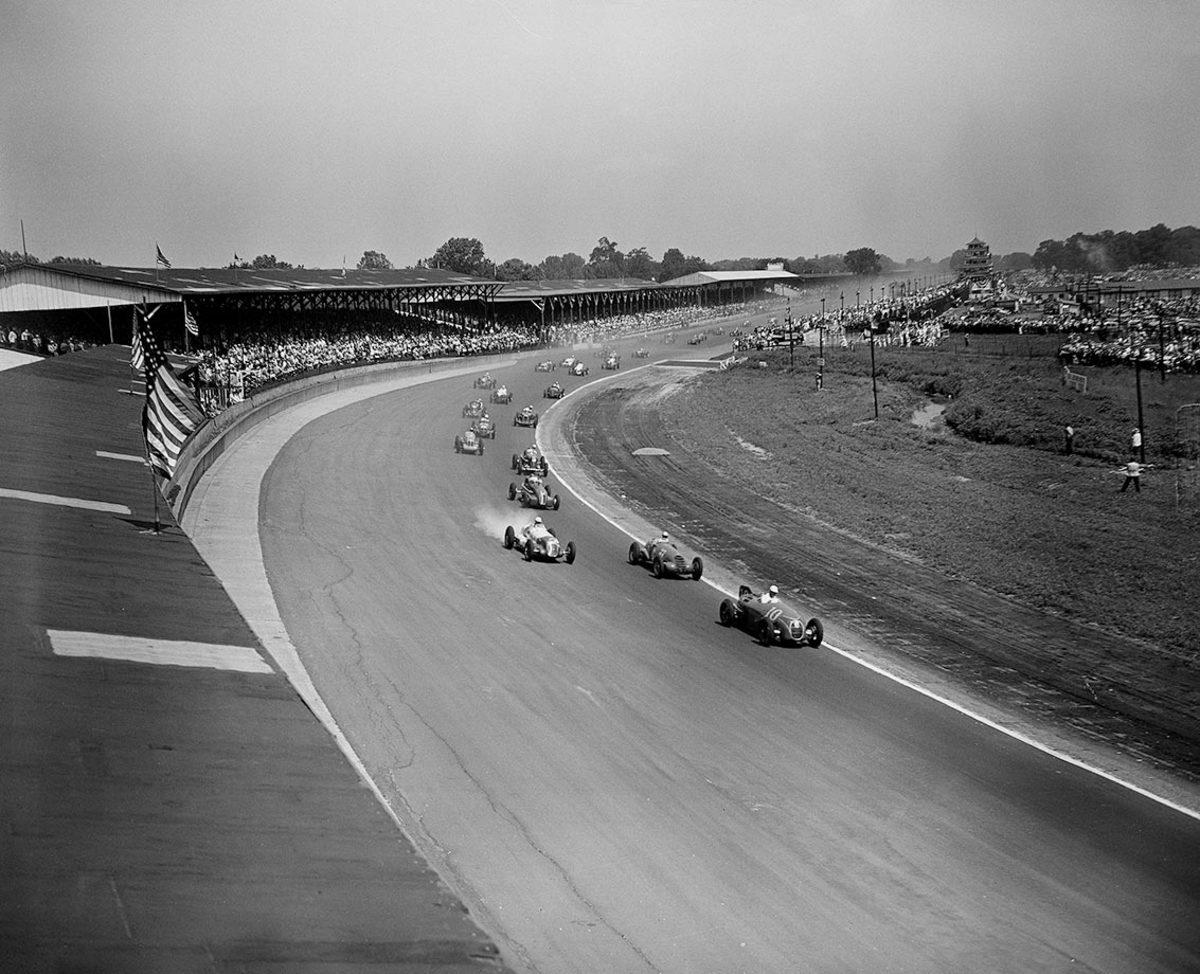
Because of World War II, the Indianapolis Motor Speedway was shut down as America focused its efforts abroad. By the time the war ended in 1945, IMS owner Eddie Rickenbacker was in charge of Eastern Airlines and it appeared that the Indy 500 had been run for the final time, in 1941. But three-time Indy 500 winner Wilbur Shaw wanted to revive the event and convinced Indiana businessman Tony Hulman to purchase IMS for $750,000. The track had fallen into disrepair, but Hulman restored it in time to stage the Indy 500 on May 30, 1946. Under Hulman's leadership, the modern-day Indianapolis 500 became the world's largest single-day sporting event and he turned it into the world's largest stadium, with 300,000 seats.
1960

In one of the most dramatic battles in the history of this race, defending Indy 500 champ Rodger Ward and Jim Rathmann drove nose-to-tail, wheel-to-wheel as they swapped leads more times than in any other Indy 500 up to that point. There were 14 lead changes between the two during the second half of the race. Ward led laps 194-196 and was only four laps from victory before he dropped back after the cord began to show on his tires. Rathmann took the lead on lap 197 and took the checkered flag for his only Indy 500 win.
1977
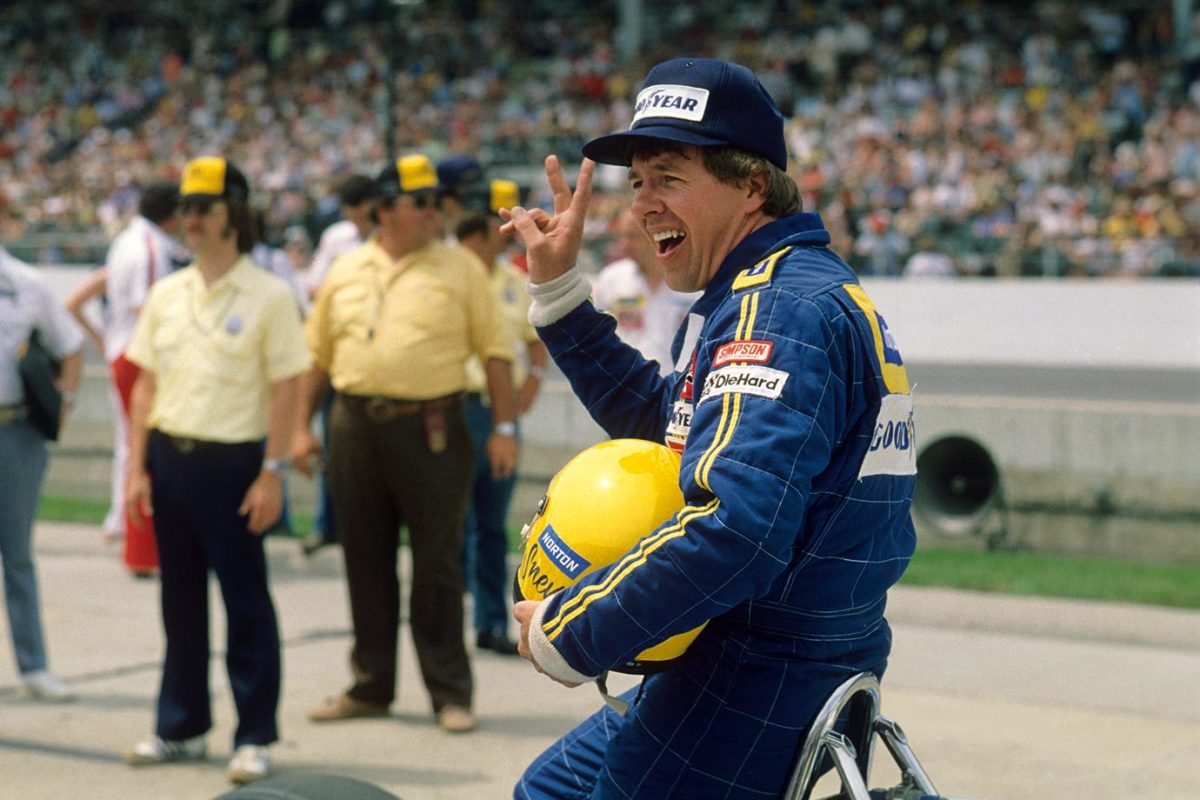
When Parnelli Jones became the first driver to top the 150-mph barrier in 1962, it was hailed as one of the great racing achievements of the Indy 500. By 1972, advanced racing technology and design pushed the pole speed up to 195.940 by Bobby Unser. That put the 200-mph barrier within reach and Tom Sneva broke the historic mark with a 200.535-mph first-lap qualifying time in 1977. Sneva was also the first driver to top the 210 mph barrier, in 1984.
1977
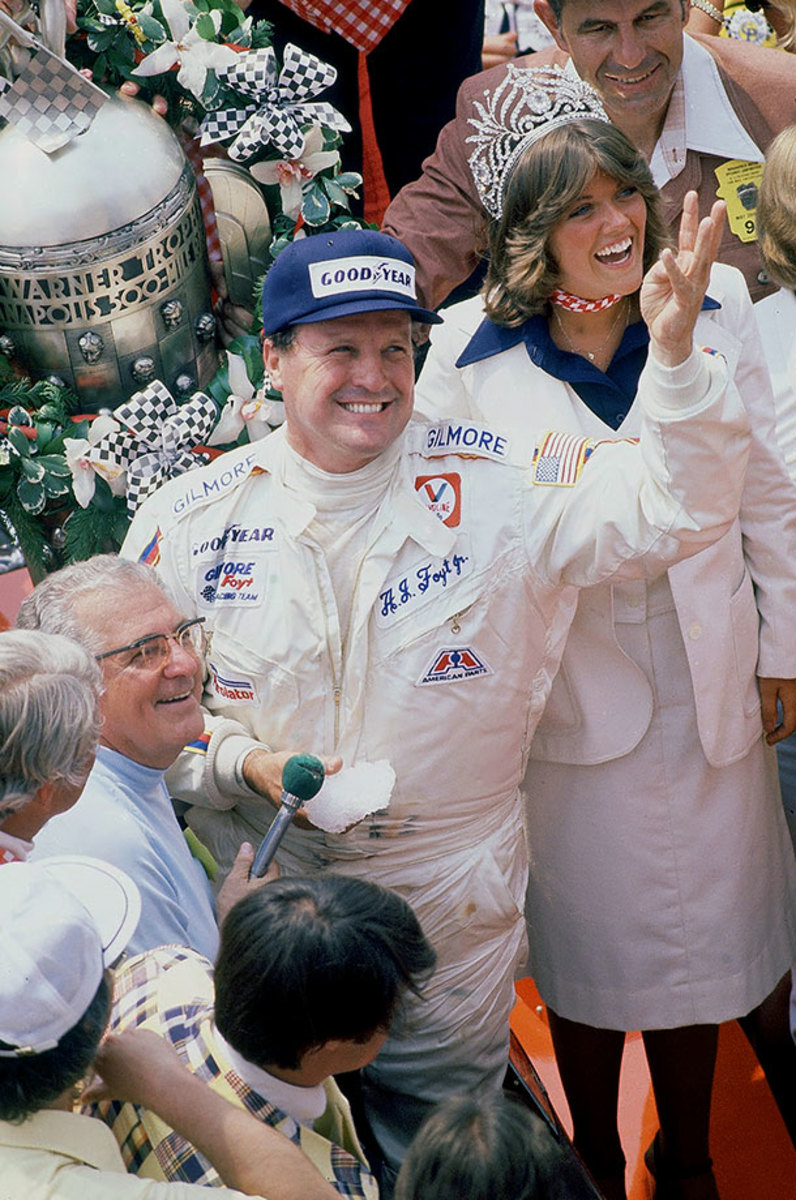
After winning the Indy 500 in 1961, 1964 and 1967, A.J. Foyt knew it was only a matter of time before he would become the first four-time winner. But he had to wait 10 years before finally driving the Wildcat to a 28.63-second victory over Tom Sneva on May 29, 1977.
1982
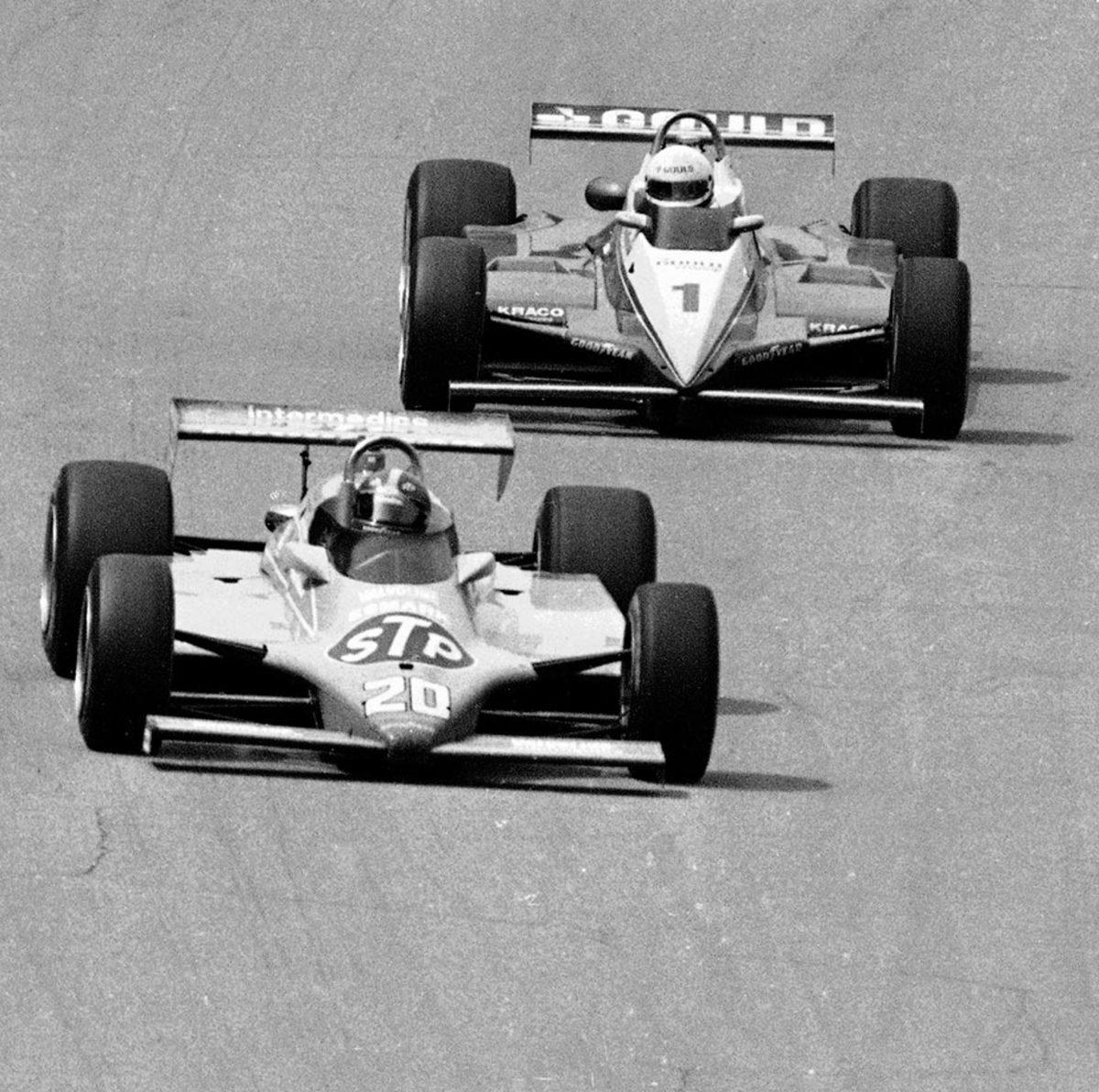
With 12 laps to go in 1982, Gordon Johncock (left) led by 11 seconds over Rick Mears (right), but the handling on his race car started to give way. Mears charged after the race leader, cutting one-second a lap off his lead until the two cars were nose-to-tail with two laps to go. Mears nearly passed Johncock in the first turn on the white flag lap before Johncock closed the opening. Johncock held on to win by .16-seconds — at the time the closest margin of victory in Indy 500 history.
1986

Bobby Rahal's first and only Indianapolis 500 victory was an emotional one. A year before, Truesports team owner Jim Trueman (left) was diagnosed with cancer. With his owner's diminishing health on his mind, Rahal passed Kevin Cogan with two laps to go to claim the 70th Indianapolis 500. Owner and driver celebrated in Victory Lane, with Trueman taking a swig from the celebratory milk bottle. Only a couple of weeks later, Trueman passed away at 52.
1989

After Tero Palmroth lost a tire to bring out the yellow flag on lap 181 of the 1989 Indy 500, racing resumed on lap 186 with Al Unser Jr. on Emerson Fittipaldi's tail. Unser took the lead four laps from the finish. Fittipaldi charged after Unser until the two encountered traffic on lap 199. As Fittipaldi pulled even with Unser heading into Turn 3, the two touched and Unser's car slammed into the outside wall. Fittipaldi kept his car under control and took the checkered flag. Unser climbed out of his wreckage, walked up the track and gave Fittipaldi a "thumbs-up" salute.
1991
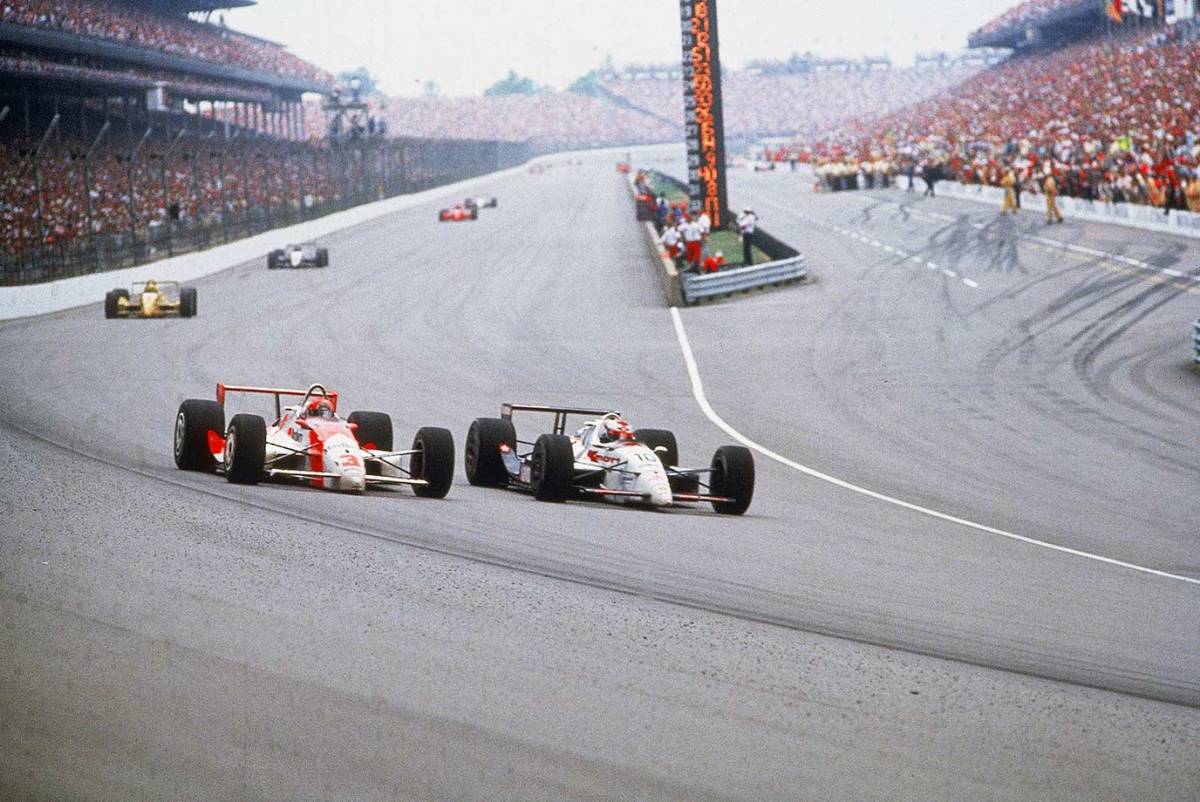
Michael Andretti (right) dominated the 75th Indianapolis 500, leading 97 laps, but a flat tire late in the race forced him to make an unscheduled stop. In his absence, Rick Mears (left) assumed the lead. The two jockeyed for supremacy down the stretch, but the unexpected stop proved costly as Mears outlasted Andretti to become only the third four-time Indy 500 winner.
1992

Michael Andretti dominated the 1992 race, leading nine times for 160 laps before his Ford-Cosworth engine broke a belt with just 11 laps to go. That put Al Unser Jr. in the lead and he had to fight off a charge from Scott Goodyear when the green flag waved. Although this is the closest finish in race history (.043-seconds), Goodyear never passed Unser for the lead over the final seven laps.
1999
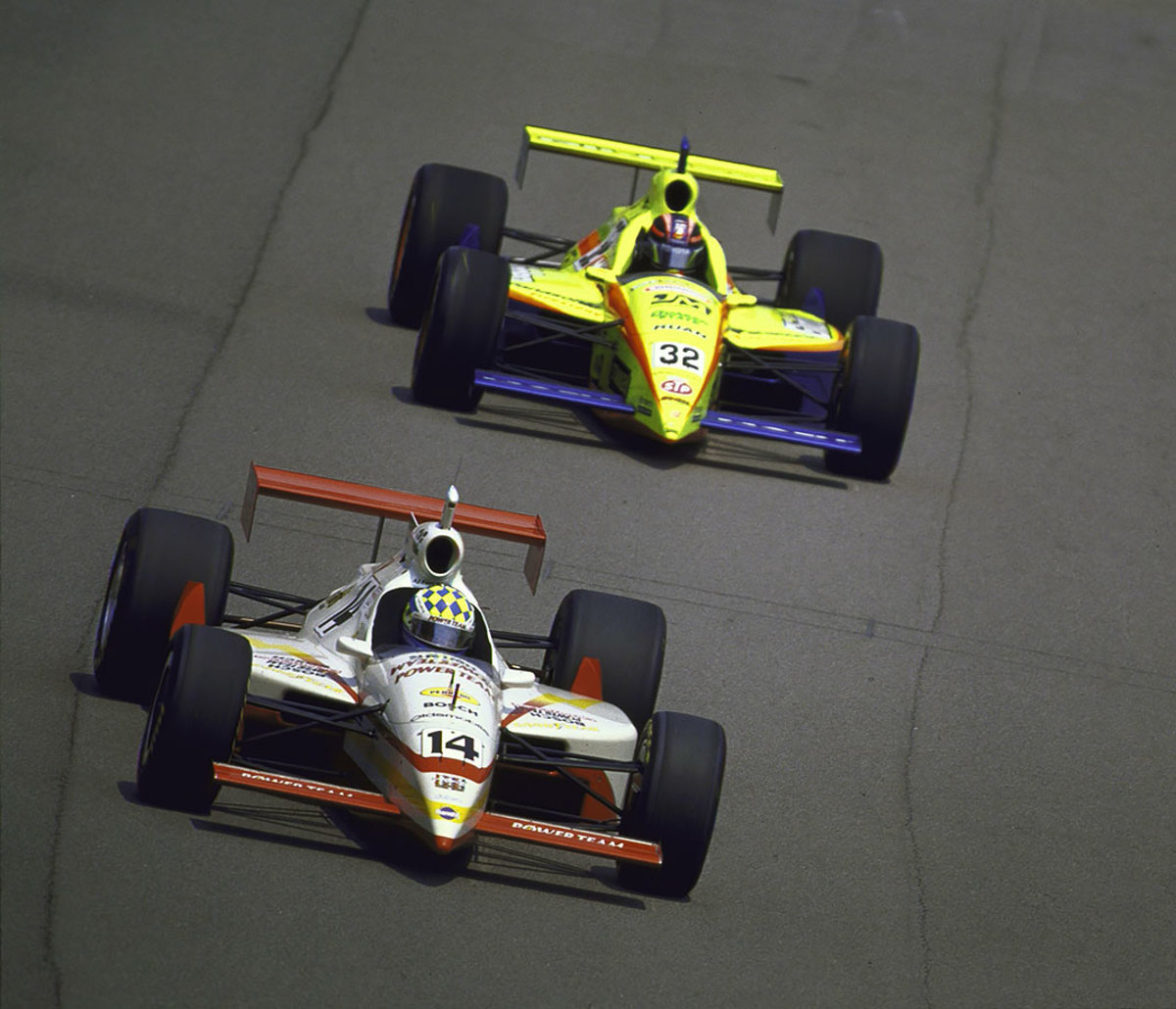
When the rest of the field pitted under caution between laps 169-171, Robby Gordon (right) stayed out and moved to the front of the pack. After pitting on Lap 164, he assumed he could run the final 36 laps without stopping. Unfortunately, he only made it 35 laps. With the white flag in sight, Gordon ran out of fuel, giving way to Kenny Brack (left).
2005
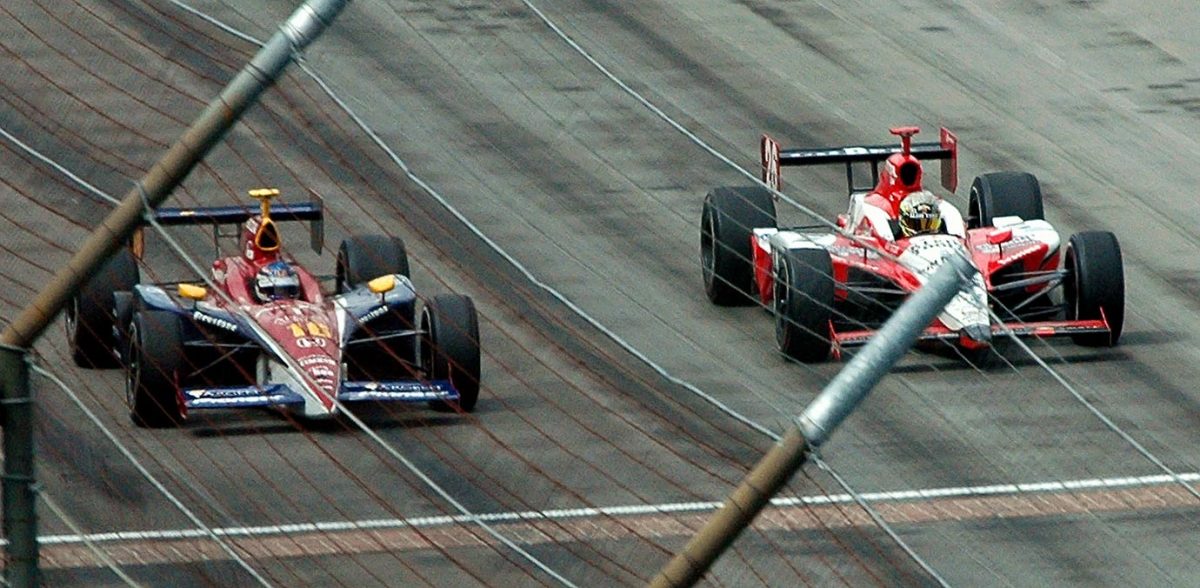
It was Danica Patrick (left) who received all the press in the days leading up to the 89th Indianapolis 500, but when the checkered flag flew it was Dan Wheldon (right) who hit Victory Lane. Driving in her first Indy 500, Patrick became the first female to ever lead the storied open-wheel race. Patrick and Wheldon battled down the stretch, but Patrick faltered, ultimately finishing fourth, while Wheldon held on to win under caution.
2006
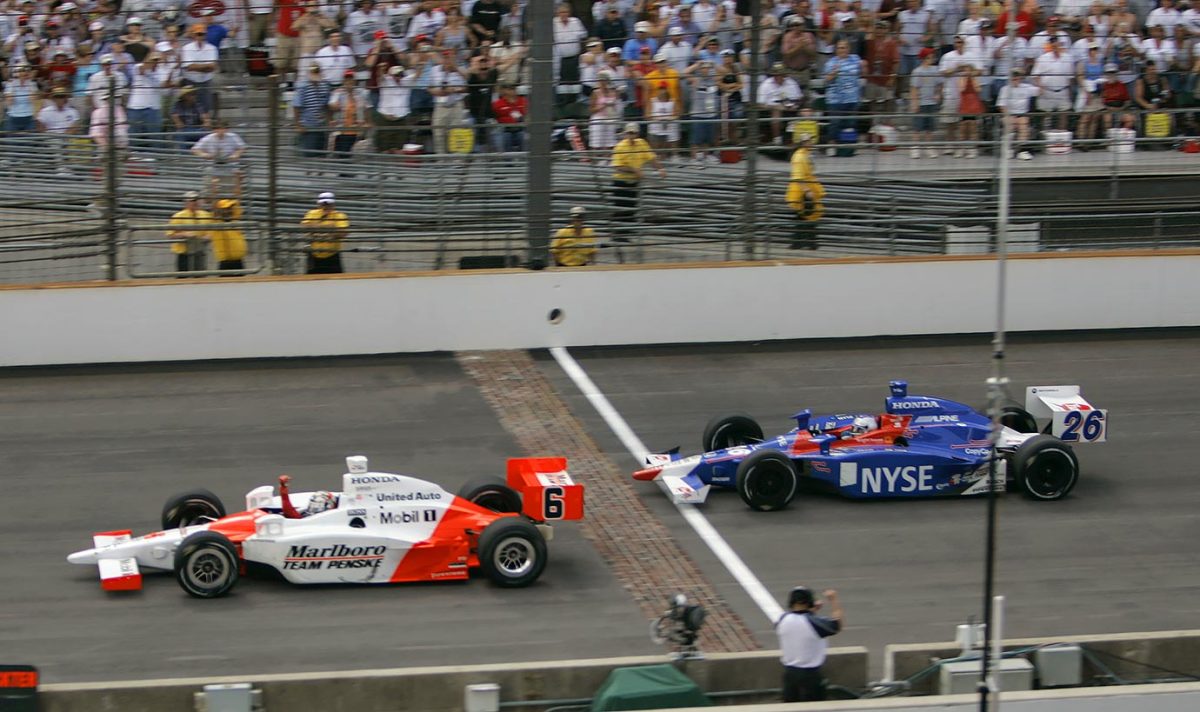
In 2006, Sam Hornish Jr. scored his only victory in the race by passing 19-year-old Marco Andretti just 200 yards from the checkered flag. The Team Penske driver gathered up enough speed when he needed it most, winning by just .0635-seconds -- the second-closest finish in Indy 500 history.
2011
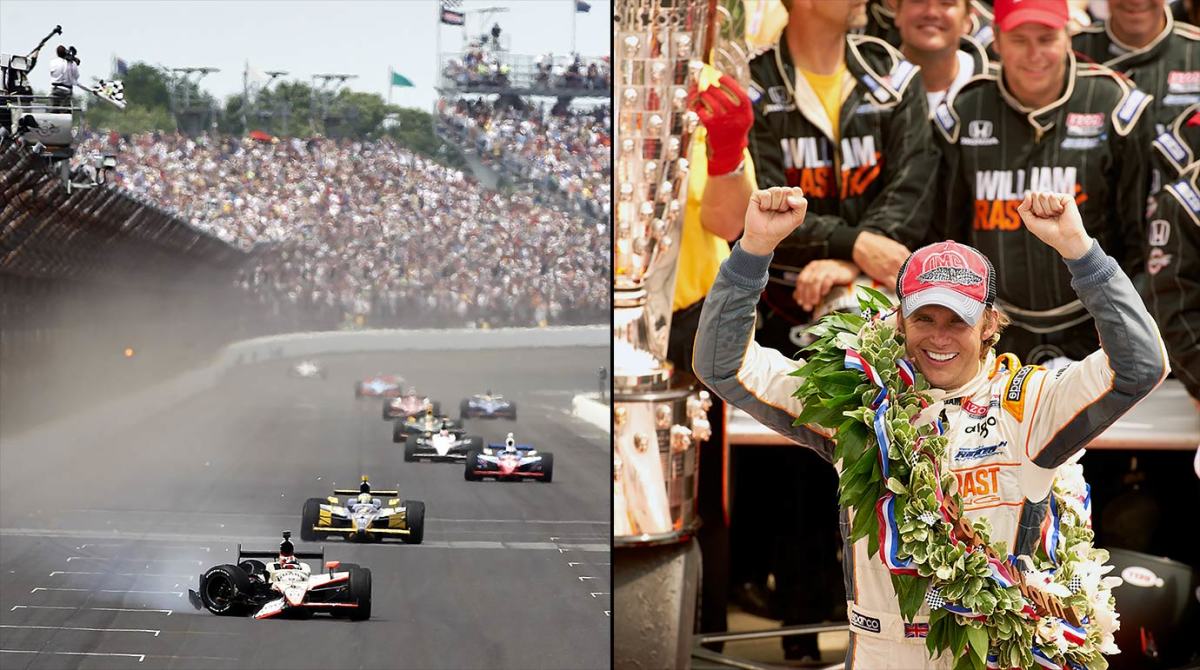
On the 100th anniversary of the Indianapolis 500, an unlikely American rookie found himself with the lead down the stretch: J.R. Hildebrand. With one lap to go it looked as though Hildebrand would become the first rookie since Helio Castroneves (2001) to win the Indy 500. But Hildebrand collided with the wall on the final turn of the final lap, allowing Dan Wheldon (right) to win his second Indy 500 crown. It was the last win of Wheldon's racing career as he died tragically in an accident at Las Vegas later in the year.
